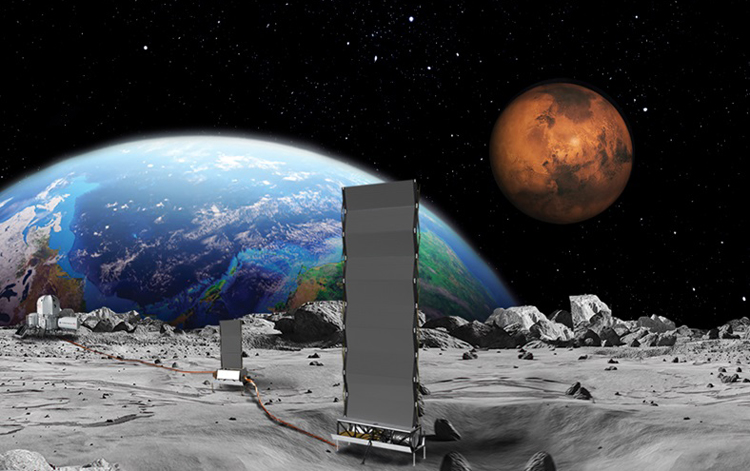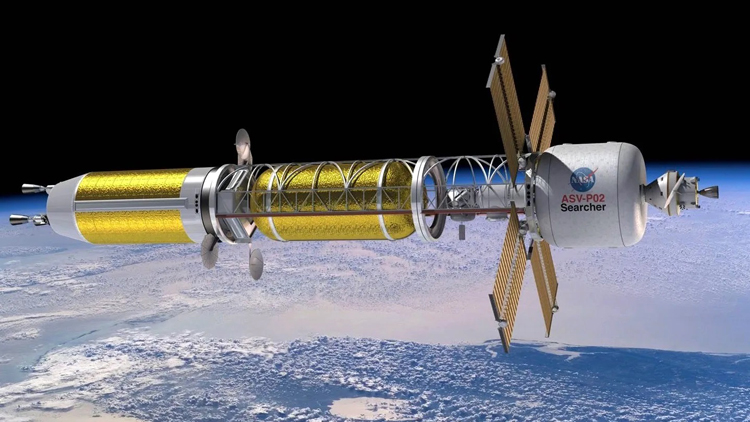INDIAN ARMED FORCES CHIEFS ON OUR RELENTLESS AND FOCUSED PUBLISHING EFFORTS

The insightful articles, inspiring narrations and analytical perspectives presented by the Editorial Team, establish an alluring connect with the reader. My compliments and best wishes to SP Guide Publications.

"Over the past 60 years, the growth of SP Guide Publications has mirrored the rising stature of Indian Navy. Its well-researched and informative magazines on Defence and Aerospace sector have served to shape an educated opinion of our military personnel, policy makers and the public alike. I wish SP's Publication team continued success, fair winds and following seas in all future endeavour!"

Since, its inception in 1964, SP Guide Publications has consistently demonstrated commitment to high-quality journalism in the aerospace and defence sectors, earning a well-deserved reputation as Asia's largest media house in this domain. I wish SP Guide Publications continued success in its pursuit of excellence.
Nuclearisation of Space
The Outer Space Treaty prohibits nuclear weapons in space and limits the use of celestial bodies to peaceful purposes, raising questions about the weaponisation of space through nuclear power plants on the moon
 |
The Author is Former Director General of Information Systems and A Special Forces Veteran, Indian Army |

In 2021, Russia and China signed an agreement to construct a lunar research station or a base on the moon. ROSCOSMOS, Russia's State Space Corporation plans for installation and delivery of the plant by 2035. However, a lunar research station requires a considerable amount of energy resources for installation and operating efficiently. Since lunar nights can last up to a fortnight, solar power using solar panels is unworkable. The answer is a nuclear power plant.
During the Apollo 12 mission, US astronauts deployed a nuclear generator on the moon. But Apollo 12 was only a 10-day mission. In comparison, the requirement of nuclear power for a research station would be continuous for months/years, even if used in conjunction with generating solar energy. Nuclear generation provides uninterrupted power flow but cooling of the nuclear plant generally requires a large amount of water, which is scarce on the moon. Disposal of waste is also required.
At the same time, there also are nuclear power plants that are cooled with dry air, requiring no cooling water. Many plants are cooled by evaporative cooling. Obviously these technicalities will be examined before the Russia-China research station is launched into space. Apparently, the US also envisages a similar lunar base because in 2022 NASA awarded contracts to private companies for designing lunar reactors that would meet stringent criteria, balancing weight constraints with power output requirements.
In 2021, Russia and China signed an agreement to construct a lunar research station or base on the moon, with ROSCOSMOS planning for installation and delivery by 2035.
How vulnerable a nuclear power plant is in space, or on the moon, to cosmic disturbances is difficult to fathom because these would be outside human control. But the consequences certainly would be adverse for mankind – similar to vulnerability as the Zaporizhzhia nuclear power plant in the Ukraine War. Same goes for the failure of such a lunar mission, including a possible crash landing or malfunction of the nuclear power plant – ending up as the Chernobyl or the Fukushima-Daiichi nuclear power plant mishaps.
Russia, the US, China and India have all tested anti-satellite (ASAT) weapons that involve launching missiles from Earth to shoot down objects in orbit. But China has developed technology to "capture" satellites, even using pincer-like arms of a satellite. The international 'Outer Space Treaty' prohibits nuclear weapons in space; limiting the use of the Moon and all other celestial bodies to peaceful purposes; establishing that space shall be freely explored and used by all nations; and precluding any country from claiming sovereignty over outer space. Will nuclear power plants on the moon add to the weaponisation of space, however indirect it may be considered?

According to Western sources, both Russia and China have made significant strides in developing space-based electronic warfare (EW) tools that can disrupt or disable enemy satellites; including technologies like electronic jamming systems and directed energy weapons (DEWs) using lasers or microwaves because the distance of space-based weapons from Earth and from other objects in space makes space-based weapons less vulnerable to attack and it helps distinguish them from terrestrial ballistic missiles carrying nuclear weapons.
Several nations have deployed orbital surveillance networks to observe other nations or their armed forces. The Outer Space Treaty notwithstanding, China, Russia and the US should be expected to be developing space-based weapons like chemical lasers, particle beams weaponry, military space planes and more.
A lunar research station requires a significant amount of energy resources, with nuclear power being the solution due to the impracticality of solar power during lunar nights.
Use of nuclear weapons in war situations like in Ukraine plus using proxy boots of terrorist organisations for nuclear attacks with low yield nukes anywhere in the world (South Asia included) appears on the threshold with the US making every possible effort to force Russia to use nukes. The second reason is that the US wants to subjugate Russia and China in the race to continue dominating the world. That is why the US wants Russia to unveil all new advances in military technology and futuristic weaponry – making the situation more and more dangerous.
According to news reports of May 2, 2024, John F. Plumb, US Assistant Secretary of Defense for Space Policy has told the House Armed Services Committee that Russia is developing an "indiscriminate" nuclear weapon to go in space, confirming reports from several months ago and describing potentially devastating effects in orbit. "The concept that we are concerned about, and if we are unable to convince them otherwise, is Russia developing to ultimately fly a nuclear weapon in space, which would be an indiscriminate weapon," he said.

Plumb further said that such a weapon could pose a threat to all satellites operated by countries and companies around the globe, as well as to the vital communications, scientific, meteorological, agricultural, commercial, and national security services. He added that in low-Earth orbit (LEO) most satellites aren't hardened against a nuclear detonation, making them especially vulnerable to damage. The outcome could vary based on factors like the detonation type and location, but satellites in the blast zone would likely be destroyed. He also suggested a sufficiently powerful nuclear detonation in the right location could render LEO unusable for up to a year.
Derek M. Tournear, Director of US Space Development Agency later said that detonating a nuclear weapon in space would destroy commercial, civil, and military satellites and constitute an "attack on the world." However, Russian President Vladimir Putin has denied intentions to deploy nuclear weapons in space. According to the Associated Press, Moscow is considering proposing a resolution calling on all nations to urgently prevent the placement of any weapons in outer space "for all time."
The US also envisages a similar lunar base, as evidenced by NASA awarding contracts in 2022 to private companies for designing lunar reactors to meet stringent criteria.
From the above, it appears that the US accusing Russia for developing an "indiscriminate" nuclear weapon to go in space perhaps is pure conjecture, given that Plumb also said, "It is not imminent in the way that we should have to worry about it right now, but we are concerned about it. The department and the entire administration, and I know this Congress is taking this deadly seriously."
Finally, it can be said with certainty that if Russia is actually developing such a nuclear weapon to be deployed in space, the US and China cannot be far behind. It is also quite possible that the US itself is developing such a nuclear weapon and accusing Russia to divert attention. Nevertheless, nuclearisation of space in the coming future may actually become a reality looking at the way events are leading to World War III.





